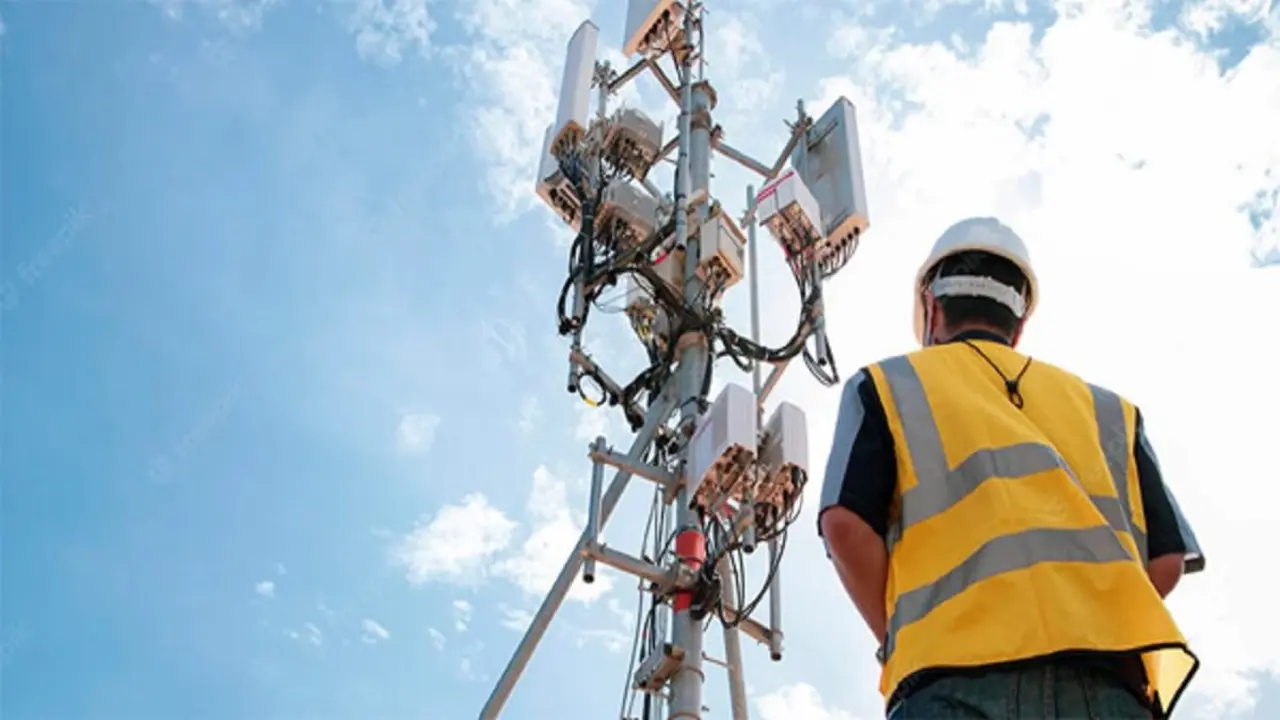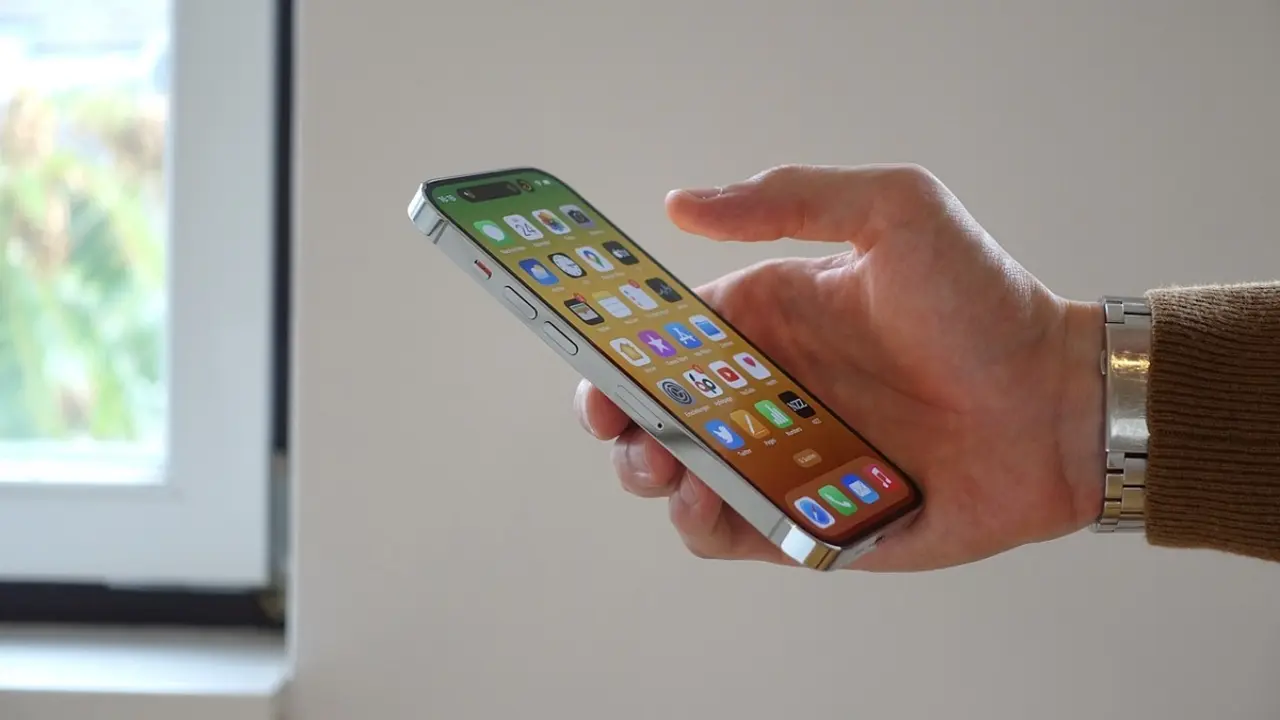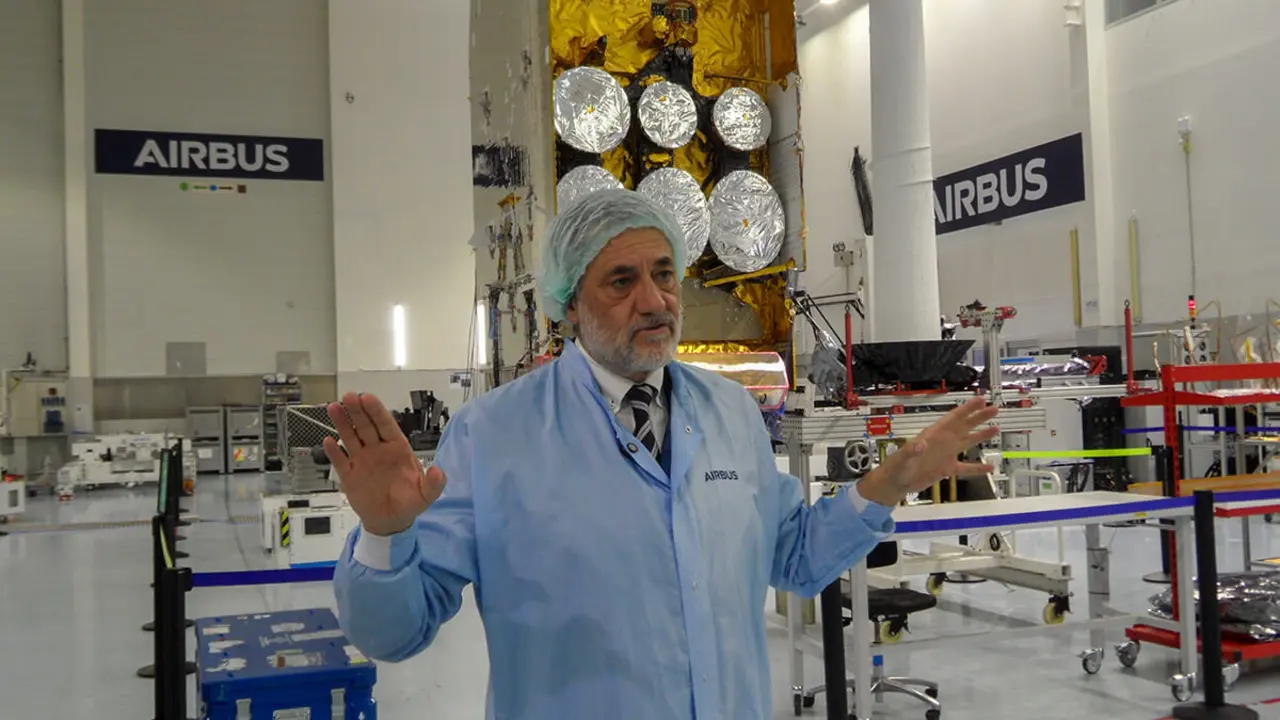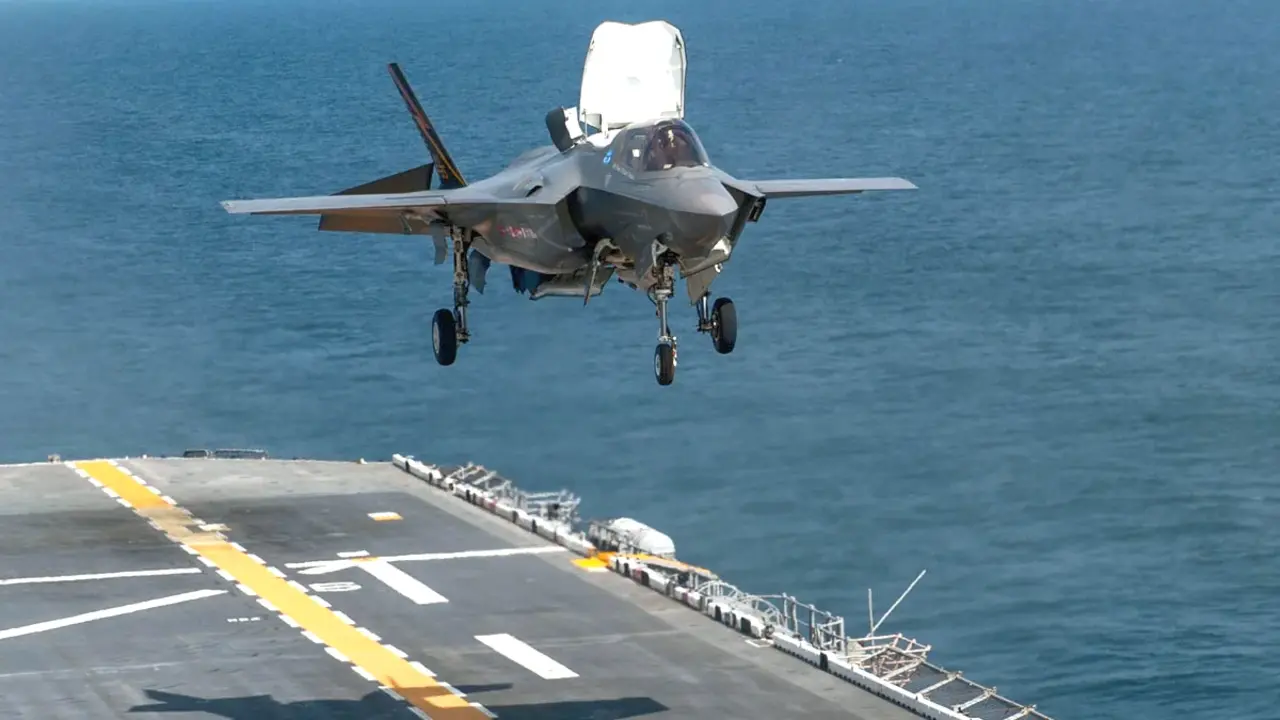Why is billionaire Elon Musk the world champion of 2020?

Enterprising, multi-faceted, visionary and one of the world's greatest fortunes, American billionaire Elon Musk has achieved such feats in the space sector over the last twelve months that he must be considered the undisputed world champion of 2020.
Two of the technology companies he sponsors and leads have achieved the greatest triumphs in an industrial sphere full of risks of all kinds. However, it has surpassed them and no less than 833 communication satellites weighing 260 kg each have managed to put into orbit in the year that has just ended, something that has not even been attempted in the nearly 65 years of history of flights into outer space.
Elon Musk has achieved this thanks to 14 triumphant launches of its low-cost Falcon 9 launcher. With a market price of around 30 million dollars -far below what is paid for a European Ariane 5 rocket-, the man who embodies the New Space concept has proved that not only is he capable of manufacturing the cheapest rockets in the world but also that they enjoy a very high reliability rate, with very few failed flights.

But why does Musk need so many satellites? The world's richest businessman with an estimated fortune of over 200 billion dollars, according to Bloomberg's recent list, has poured a significant amount of his money into deploying the mega constellation Starlink in space. It aims to provide low-cost broadband internet in every corner of the world, including the North and South Poles. At the moment, the network is being evaluated in the United States, where download speeds of 120 Mbps and upload speeds of 12 Mbps are achieved, with a latency of 37 milliseconds, which are more than acceptable connection rates.
The network is planned to have the astronomical figure of around 12,000 satellites, which will envelop the earth's surface at an altitude of 550 kilometres. A total of 953 have been launched since February 2018, of which just under 900 are in service. Each Falcon 9 places between 57 and 60 satellites in space, forcing Elon Musk to accelerate its take-off programme if it is to have the architecture completed by the end of 2027.

At 49 years of age, Elon Musk's other claim to fame is to have completed the manned space capsule Dragon 2, whose inaugural demonstration flight with astronauts Bob Behnken and Doug Hurley flew to the International Space Station at the end of May and returned them at the beginning of August. To endorse the success, in mid-November a Dragon 2 set off again for the orbital complex, but this time with four astronauts, the Americans Victor Glover, Mike Hopkins, Shannon Walker and the Japanese Soichi Noguchi, who will remain up there until spring, barring any incidents.
The importance of both manned missions represents an enormous triumph, which comes from the technology developed by the men and women of Elon Musk. Thanks to Dragon 2, the American Space Agency (NASA) is going to put aside the Russian Soyuz capsules used exclusively since the last NASA space shuttle was taken out of service nine years ago. Since Atlantis landed in July 2011, Soyuz spacecraft have been the only ones able to transport passengers to the space complex and bring them back.
But Dragon 2 accumulates another commendable feature. It has gone ahead of the powerful Boeing corporation, an industrial super giant with major interests in aeronautics, defence and space, which has yet to prove that its CST-100 Starliner space capsule is also capable of carrying astronauts to the orbital station and returning them to Earth. The long delay in its completion and the two serious accidents of the Boeing 737 Max passenger plane have claimed the life of Boeing's top executive, Dennis Muilenburg, who was fired in December 2019 after having governed the corporation since 2015.

Musk's merits for being considered the great entrepreneur of 2020 do not end with Starlink and Dragon 2. He has achieved what no space agency has ever done: making mass-produced unmanned space vehicles recyclable. Despite initial failures, his and his engineering team's determination has made it possible for the propulsion stages of most of his rockets to return autonomously to Earth, land automatically on a land or naval platform and be reused once, twice, three, four and more times on different space missions.
This is a feat that has never been achieved on a widespread basis and which brings significant savings. It should be borne in mind that the propulsion stages that propel vertical launch rockets into space, once the solid or liquid fuel they contain has been consumed, fall to the ground or the sea. Although they are recovered, they are not reused, as the damage they have suffered makes them unsuitable for recycling and reuse. However, Elon Musk has already achieved this countless times. On up to seven occasions with the central propulsion stage of one of its Falcon 9 launchers.

What has become of the duel between the United States and China for the place of honour in the world ranking of space launches? In a year marked by the COVID-19 pandemic, in global terms there are 114 orbital launches, which is a dozen more than in 2019, the same number as in 2018 and the third time that the figure has exceeded 100 in the last 20 years.
The question of who is the winner between Washington and Beijing is much debated, depending on the criteria used to make the calculations. If only launches from Chinese or American territory are taken into account, Beijing, with 39 rockets sent into space (four failed), has become the nation that has fired the most rockets for the third year running. The second position was held by Washington, with 37 missions.

In contrast, if the criterion of nationality is applied, the United States has overtaken China from the first position, with a total of 44 space missions, four of which failed. This is the result of adding to the 37 launches from its bases in North America another seven from New Zealand, where the American company Rocket Lab owns a space base for its Electron rockets.
On the scientific front, the year that has ended has seen a new awakening of interest in Mars on the part of the main space agencies. In the summer the Emirates' Al-Amal missions took off, followed by China's Tianwen-1 and the American Mars 2020 with NASA's Perseverance all-terrain vehicle, all of which are now very close to the Red Planet.

There was also interest in bringing samples of other celestial bodies to Earth to study them in greater depth and detail in laboratories equipped with advanced scientific equipment. The Chinese lunar probe Chang'e 5 has been an enormous success and at the end of the year it brought 1.5 kilos of lunar soil to Earth. The same happened with the Japanese Hayabusa 2, which landed with just under 6 grams of soil from the asteroid Ryugu. The NASA OSIRIS-REx probe, which has already collected samples from the Bennu asteroid, is due to return.









